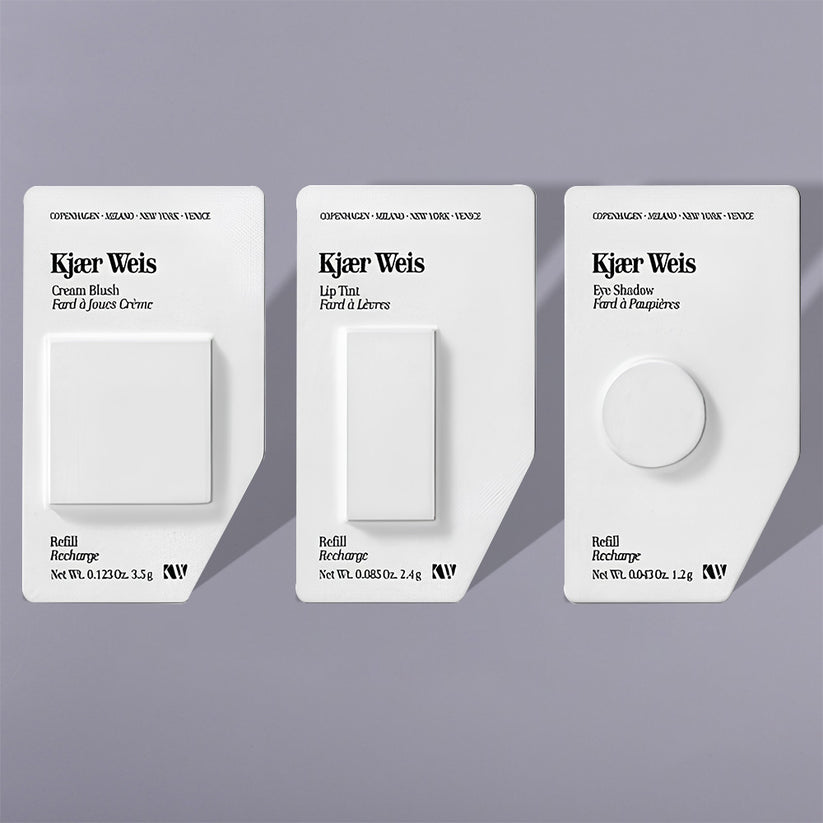As global awareness of environmental issues continues to rise, businesses are increasingly recognizing the importance of sustainable practices, particularly in product packaging. The shift towards sustainability is not just a trend; it is becoming a vital component of corporate responsibility and consumer expectation. This article explores key trends in sustainable packaging, focusing on the transition towards eco-friendly materials, innovative designs, and the adoption of circular economy principles.
Climate-Positive Supply Chains
One of the most significant trends in sustainable packaging is the development of climate-positive supply chains. For manufacturers, the raw materials used in packaging are a considerable contributor to greenhouse gas emissions. As a result, there is a growing emphasis on the entire supply chain’s carbon footprint, not just the packaging itself. Companies are moving beyond traditional metrics of sustainability and are now seeking net negative emissions strategies that actively remove CO2 from the atmosphere.
This transformation requires a comprehensive approach that includes responsible sourcing of materials, optimizing production processes, and exploring innovative packaging solutions. For example, using molded pulp boxes made from recycled materials can significantly reduce emissions compared to conventional packaging options.
Mono-Material Packaging
Another emerging trend is the focus on mono-material packaging. Traditional packaging often involves a mix of materials—such as cardboard, rigid plastic, and films—which complicates the recycling process. Mono-material packaging addresses this issue by utilizing a single type of material that is easily recyclable. Designers are increasingly challenged to create clever packaging solutions that streamline recycling and reduce waste.
This shift not only aids in recycling efforts but also aligns with consumer preferences for simplicity and sustainability. Brands that adopt mono-material designs can enhance their marketability while contributing to a greener future.
Sustainability in the Last Mile of Fulfillment
The concept of sustainability extends beyond the production phase and into the logistics of getting products to consumers. This “last mile” of fulfillment is a critical area where companies can reduce their environmental impact. For instance, retailers like Amazon have successfully reduced the weight of their outbound packaging by 33%, resulting in a lower carbon footprint during delivery.
Smaller, lighter packaging not only minimizes shipping costs but also contributes to a more sustainable distribution model. As businesses strive to optimize their supply chains, expect to see increased emphasis on packaging solutions that are both efficient and eco-friendly.
Circular-Economy Strategies
Circular economy principles are gaining traction in the packaging industry. This approach focuses on creating packaging that is reusable, recyclable, or compostable. The push to eliminate single-use plastics has led to a surge in demand for compostable materials and designs that integrate agricultural byproducts. For example, innovations such as the Precision Magnesium Die Casting Process are paving the way for more sustainable packaging solutions.
Companies are prioritizing designs that encourage reuse and recycling, thereby reducing waste and promoting sustainability. The concept of circular packaging is not just a regulatory requirement but a business opportunity that can enhance brand loyalty and appeal to environmentally conscious consumers.
The Role of Molded Pulp Packaging
Molded pulp packaging is a prime example of sustainable packaging solutions gaining popularity. Made from renewable resources like wood pulp and sugarcane, molded pulp is biodegradable and recyclable. This makes it an excellent choice for various industries, including cosmetics, food, and electronics.
Brands that embrace molded pulp packaging can showcase their commitment to sustainability while benefiting from its practical advantages. The precision molding ensures a snug fit for products, protecting them during transportation while eliminating excess waste. Companies can also customize molded pulp packaging in various shapes and colors, allowing them to align their packaging with their brand identity.

For instance, the eco-friendly pulp molded cosmetic eyeshadow palette packaging not only enhances the aesthetic appeal of products but also reinforces a brand’s commitment to environmental sustainability. These packaging solutions represent a perfect union of glamour and eco-consciousness.
The shift towards sustainability in product packaging is not merely a trend; it represents a fundamental change in how businesses approach their environmental responsibilities. Companies that prioritize eco-friendly practices and materials will not only comply with regulatory requirements but will also foster customer loyalty and trust.
As we move forward, businesses must embrace innovative packaging solutions, such as molded pulp products, and implement strategies that reduce their overall carbon footprints. The future of packaging is circular, and those who lead in sustainability will undoubtedly set themselves apart in the competitive marketplace.
For more information on molded pulp and its applications, you can check out this resource for a comprehensive overview.
 :
https://www.pinterest.com/OtaraPack/_created/
:
https://www.pinterest.com/OtaraPack/_created/












